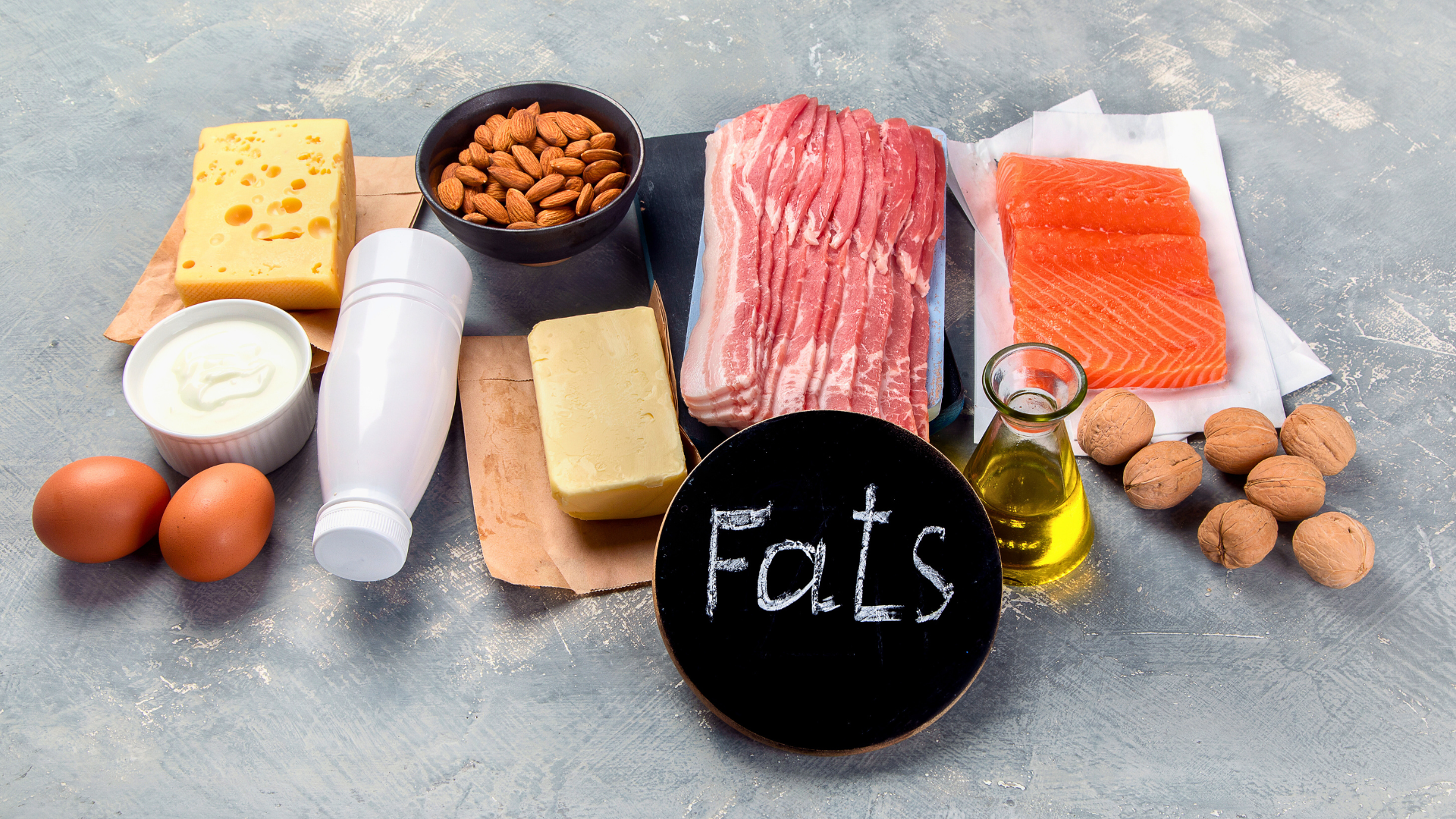The Power of Sleep in Recovery and Exercise Performance
Key Points
- Healthy adults typically require a minimum of 7 hours of sleep per night, while sleep requirements are increased during infancy, childhood, and adolescence.
- Inconsistent sleep patterns are responsible for disrupting the circadian rhythm, promoting a vicious cycle of compromised sleep quality.
- Sleep consists of four vital stages: N1, N2, and N3, which constitute NREM (Non-Rapid Eye Movement) sleep, and a fourth stage of rapid eye movement (REM) sleep.
- During deep sleep, physiological processes such as the release of growth hormones occur, facilitating tissue recovery, muscle growth, and improving exercise performance
It would not be surprising to acknowledge that getting enough sleep is challenging for many people. The fast-paced modern way of living has led to the sacrifice of ensuring the appropriate amount of sleep in order to cope with daily responsibilities, making sleep deprivation a global public health matter. Poor sleep, referring to both quantity and quality, is associated with numerous detrimental health outcomes, compromising cognitive, heart, and metabolic well-being.
Yet, what defines poor sleeping status, and what is the ideal sleep regimen we should opt for? In the following article, there are going to be discussed the latest guidelines of sleep duration for all life stages, the different sleep stages and their importance regarding sleep quality, as well as the impact of sleep deprivation on recovery and exercise performance for all exercise modalities, including endurance, resistance, and HIIT training.
Sleep duration guidelines and other factors of sleep quality
Sleep duration recommendations vary across the lifespan. For healthy adults, the guidelines suggest 7 hours or more. Sleeping more than 9 hours appears to have substantial benefits only in younger adults or adults experiencing consistent sleep loss or illness. It is important to note that these recommendations do not apply to childhood, as children typically have higher sleep requirements to support growth and development. According to the National Sleep Foundation's latest guidelines, 14 to 17 hours is the goal set for newborns (0-3 months), 12 to 15 hours for infants, 9 to 12 hours for toddlers and preschoolers, and 8 to 10 hours for school-age children and adolescents.
Alongside sufficient sleep duration, a healthy sleep state is also defined by high sleep quality, meaning the effective utilization of the time spent in bed for sleeping. Many exogenous factors can affect sleep quality, such as stress, anxiety, caffeine and alcohol intake, and inconsistent sleep schedules, leading to difficulties in sleep, insomnia, and frequent awakenings during the nighttime.
Additionally, quality sleep suggests not only a regular sleep schedule but one that is also aligned with our internal clock-like regulation known as the circadian rhythm. The circadian rhythm regulates many aspects of the sleeping process and can be disrupted by many factors, including increased artificial light exposure and inconsistent sleep patterns. Hence, aligning our sleep schedule with our circadian rhythm is a principal way to ensure good quality sleep, as it ensures the optimal distribution of deep sleep and rapid eye movement (REM) sleep. The sleeping process consists of four stages: N1, N2, and N3, which constitute NREM (Non-Rapid Eye Movement) sleep, and a fourth stage of rapid eye movement (REM) sleep. NREM sleep reaches the deepest sleep state at stage N3, the most important stage of NREM sleep, determining sleep quality.
However, experiencing REM sleep is also a significant indicator of high-quality sleep. REM is a critical phase of the sleep cycle that individuals experience in the latter stages of their sleep, preparing the brain to return to consciousness. During REM sleep, brain activity resembles that of wakefulness, making it a vital sleep phase for the brain to process feelings, sort out information, dream, and undergo restorative processes.
Therefore, engaging in a healthy sleep regimen involves adherence to the recommended sleep duration guidelines according to age group as well as pursuing sleep quality in terms of optimal sleep timing and sleep stages duration.
Sleep impact on recovery
A robust body of evidence describes the restorative effect sleep exerts on the body's molecular and cellular processes, underlying the necessity of ensuring sufficient amounts of quality sleep. Sleep’s beneficial properties in cognitive function, immunity, and recovery from illness or injury have been attributed to the secretion of several growth hormones during different phases of the sleep period.
As mentioned before, sleep involves four main stages. While all sleep stages are necessary components of the sleep cycle, the N3 stage plays a crucial role in recovery. Growth hormones, such as growth hormone and prolactin, which are vital for recovery, are highly released during this phase of deep sleep. Their secretion fosters injury healing by promoting tissue repair, regeneration, and muscle growth. Additionally, they exert beneficial properties by suppressing inflammation and promoting immunity strengthening. This enhances the body’s ability to address illnesses and infections efficiently.
In addition, growth hormone release is associated with a significant decline in cortisol levels, the stress hormone. Cortisol typically exerts catabolic effects, and prolonged elevated cortisol levels are associated with increased tissue breakdown and immunity system suppression, thus delaying the process of healing and tissue repair. Cortisol levels, in alignment with the circadian rhythm, tend to peak during the day when the individual is awake and decrease at night as the body prepares for sleep. This decline in cortisol during nighttime allows growth hormones to facilitate tissue repair and healing effectively.
It is also worth noting the action of another type of substances, cytokines. Cytokines are proinflammatory molecules released when an individual experiences a lack of sleep. Cytokines, like IL-6 and CRP, negatively affect the immunity system, impede muscle recovery, promote pain, and disrupt the autonomic nervous system balance that regulates our automatic bodily functions, such as heart rate, respiratory rate, and digestion. Therefore, their release in case of sleep deprivation can hinder efficient recovery and also exert detrimental effects on numerous vital organs.
As a result, it’s clear that coordinated hormonal activity during sleep plays a crucial role in recovery.
Therefore, prioritizing sleep quantity and quality that guarantees the experience of all necessary sleep stages is paramount for optimal recovery.
Sleep impact on exercise performance
Numerous studies have documented the critical role of sleep in optimizing exercise performance. Their findings underline that sleep, alongside training and nutrition, hold equivalent importance as fundamental factors for peak performance.
For professional athletes, sleep requirements increase to 9 to 10 hours/day due to the increased physical and mental demands of their training sessions. While extended sleep duration is needed to ensure proper physical and cognitive recovery, most athletes find it difficult to attain sufficient sleep. This challenge stems from busy schedules, irregular sleep patterns, time-zone changes during competition periods, and the anxiety and stress they face, leading to severe sleep restriction or deprivation.
According to published data, sleep restriction or deprivation that both athletes and exercising individuals often experience seriously impacts athletic performance. This is associated with diminished ability to reach peak performance, injury susceptibility, and delayed recovery, emphasizing the significance of preserving optimal sleep patterns.
Endurance exercise
Low-to-moderate intensity endurance exercise that reaches 50-75% of an individual’s VO2max, such as running, rowing, cycling, etc., demands high cardiorespiratory activity and sustained effort for extended training periods. Sleep, alongside other critical factors, plays a fundamental role in achieving peak performance in this type of exercise as it contributes to efficient energy replenishment. Sleep, mainly NREM sleep, achieves that by facilitating glycogen synthesis and storage in muscles and the liver, which is a primary energy resource during endurance exercise.
Moreover, growth hormone that is extensively secreted during this sleep phase promotes muscle recovery and the storage of glucose as glycogen, contributing to efficient energy replenishment. Therefore, sleep restriction or deprivation contributes to decreased energy fuels and impaired muscle repair, ultimately diminishing the ability to maintain sustained effort during endurance activities.
Sleep deprivation has also significant impacts on cognitive function and mood. Many studies have demonstrated decreased strength, stamina, and motivation after overnight sleep loss or reduced sleep duration, leading to decreased athletic performance. Sleep deprivation also appears to increase the perception of the endurance athletes' effort, contributing to greater fatigue and exhaustion. This can elevate the risk of injuries as athletes push themselves trying to overcome the perceived strains. Lastly, feelings of frustration, anger, and confusion can also result from insufficient sleep, especially REM sleep, which is vital for cognitive restoration.
Resistance training
Resistance training imposes significant strain on the muscles, making sufficient sleep a priority to attain peak performance. As mentioned before, hormones are released during the nighttime, inducing muscle repair and growth, an essential metabolic procedure for gaining strength. While research data on the impact of sleep deprivation on resistance training performance is inconclusive, insufficient muscle repair and recovery seems to be the most likely underlying factor contributing to potential declines in performance.
In terms of cognitive function, sleep deprivation can alter the athletes’ psychomotor skills and affect their coordination, reaction time, and ability to make decisions, all parameters necessary for peak performance during resistance training.
High-Intensity Interval Training (HIIT)
Sleep is crucial in high-intensity interval training performance as well. Specifically, getting the adequate amount of sleep enhances the body’s ability to meet the increased HIIT demands by improving stamina and promoting muscle recovery through nighttime glycogen synthesis and hormonal regulation.
Similar to resistance training, HIIT requires proper cognitive function. Mental focus, coordination, and rapid reaction times are some of the parameters of cognitive function required during HIIT training, which appear to be threatened by sleep deprivation.
To sum up, sleep is frequently overlooked yet fundamentally crucial for overall health, with both quantity and quality holding great significance. Quality sleep assists in preserving good health by ensuring the accomplishment of the necessary sleeping stages and the optimal secretion of hormones responsible for growth and repair. Moreover, besides recovery and tissue repair, adequate sleep is crucial for performance optimization by enhancing physiological and cognitive performance abilities.
REFERENCES
Barbato G. REM Sleep: An Unknown Indicator of Sleep Quality. Int J Environ Res Public Health. 2021 Dec 9;18(24):12976. DOI:
https://doi.org/10.3390/ijerph182412976
Charest J, Grandner MA. Sleep and Athletic Performance: Impacts on Physical Performance, Mental Performance, Injury Risk and Recovery, and Mental Health. Sleep Med Clin. 2020 Mar;15(1):41-57. DOI:
https://doi.org/10.1016/j.jsmc.2019.11.005
Doherty R, Madigan SM, Nevill A, Warrington G, Ellis JG. The Sleep and Recovery Practices of Athletes. Nutrients. 2021 Apr 17;13(4):1330. DOI:
10.3390/nu13041330
Fullagar HH, Skorski S, Duffield R, Hammes D, Coutts AJ, Meyer T. Sleep and athletic performance: the effects of sleep loss on exercise performance, and physiological and cognitive responses to exercise. Sports Med. 2015 Feb;45(2):161-86. DOI:
https://doi.org/10.1007/s40279-014-0260-0
Hirshkowitz M, Whiton K, Albert SM, Alessi C, Bruni O, DonCarlos L, Hazen N, Herman J, Adams Hillard PJ, Katz ES, Kheirandish-Gozal L, Neubauer DN, O'Donnell AE, Ohayon M, Peever J, Rawding R, Sachdeva RC, Setters B, Vitiello MV, Ware JC. National Sleep Foundation's updated sleep duration recommendations: final report. Sleep Health. 2015 Dec;1(4):233-243. DOI:
https://doi.org/10.1016/j.sleh.2015.10.004
Vitale KC, Owens R, Hopkins SR, Malhotra A. Sleep Hygiene for Optimizing Recovery in Athletes: Review and Recommendations. Int J Sports Med. 2019 Aug;40(8):535-543. DOI:
10.1055/a-0905-3103
Watson AM. Sleep and Athletic Performance. Curr Sports Med Rep. 2017 Nov/Dec;16(6):413-418. DOI:
10.1249/JSR.0000000000000418
Watson NF, Badr MS, Belenky G, Bliwise DL, Buxton OM, Buysse D, Dinges DF, Gangwisch J, Grandner MA, Kushida C, Malhotra RK, Martin JL, Patel SR, Quan SF, Tasali E. Recommended Amount of Sleep for a Healthy Adult: A Joint Consensus Statement of the American Academy of Sleep Medicine and Sleep Research Society. Sleep. 2015 Jun 1;38(6):843-4. DOI:
10.5665/sleep.4716
An Ounce of Prevention - Hyperion Health Blog




